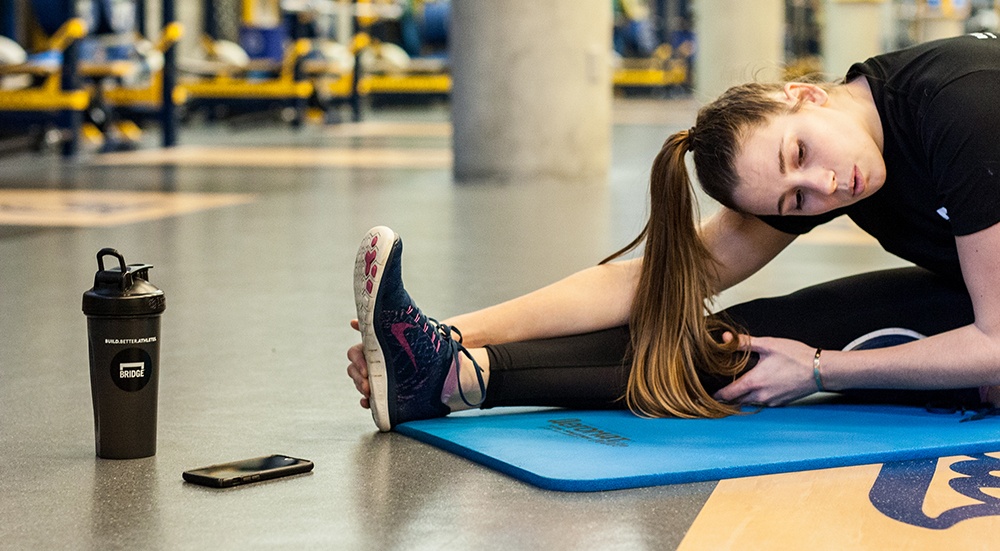Which Sports Drink is Best for Athlete Performance?
Lemon-lime, Fruit Punch, Cool Blue, Pomegranate-Berry, Grape--the list goes on. Today, sports drinks come in endless flavors, dozens of brands, and various sizes-making it a task choosing which one. The sports drink industry continues to grow, providing many different options for the elite athlete. From the low or zero-calorie options to new brands growing in popularity, the market is larger than ever.
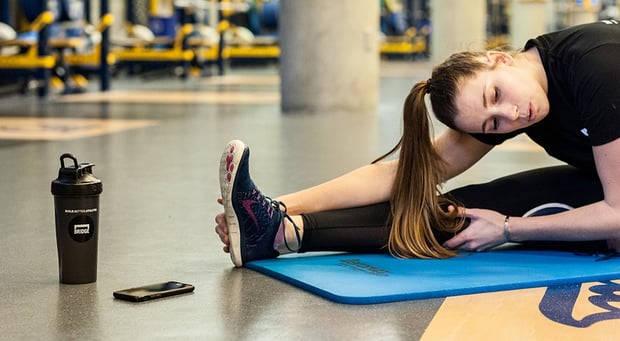
Why drink sports drinks?
Many elite athletes drink sports drinks...but why? Sports drinks are best for mid or post-workout to replenish electrolytes and carbohydrates. During high-intensity exercise, the average body loses around .8 to 1.4 liters of sweat per hour. For a visual representation, that is between one and two 24oz water bottles. Carbohydrates (CHO) burned per hour depend on intensity (a greater percentage of calories are burned from carbohydrates at higher intensity) as well as body composition and individual differences.
Dr. George Brooks of UC Berkeley, and Jacques Mercier of France, developed a chart showing the relationship between using CHO and Fat as energy sources during exercise at different intensities (See chart below). Thus it is even more important when training at high intensities to replenish CHO levels. These sports drinks supposedly fill each bottle with sodium and electrolytes to address sweat-loss and carbohydrates and sugar to help refuel muscles.
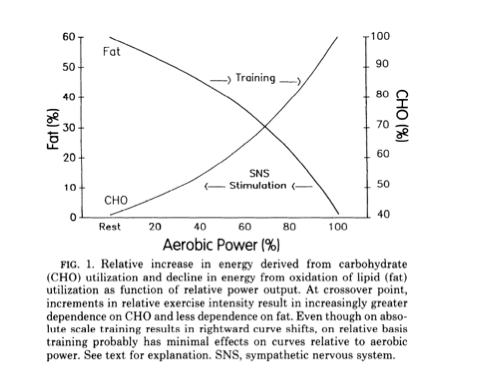
The Draws and Drawbacks
Gatorade® is the current industry leader marketing to consumers with catchy slogans like “Is it in you?” and claims to provide the perfected formulated drink since it was first developed in 1965 (20 years before Powerade® and Cytomax®). Powerade® boasts the second most sport drink sales, sponsors the US Olympic team and many famous athletes. Lesser known Cytomax has recently come strong onto the scene and says that its drink is "designed to deliver energy quickly and efficiently.” Let’s take a look at what is actually in the bottles.
Gatorade® Thirst Quencher:
The Draw: Carbohydrate sources from sucrose, glucose and fructose utilizing both the glucose and fructose pathway for increased efficiency. Has a wide variety in flavors and types including a low-calorie G2 formula* and a Gatorade® endurance formula, all sold in major grocery stores. The standard formula has a higher sodium content than Powerade® and Cytomax® to replenish sodium that is lost in sweat.
The Drawbacks: High sugar content at 14g per 8oz serving, thus 35g per standard 20oz bottle. Carbohydrate source is 100% simple sugars.
Powerade®:
The Draw: It’s four key electrolytes (sodium, potassium, calcium and magnesium) are present in approximately the same ratio as lost through sweating. Powerade® is also sold in most major grocery stores- making accessibility easy. Lastly, has a zero calorie option*. (* artificial sweeteners found in low or zero calorie options can have a negative impact on your health
The Drawbacks: Powerade® is essentially high fructose corn syrup and water. Here is a post from Dr. Mark Hyman on the negative health factors of high fructose corn syrup. This carbohydrate formula is 100% simple sugar, which provides an energy spike, as opposed to sustained energy source throughout exercise. Lastly has a high sugar content of 14g in an 8oz serving topping of at 35g per bottle.
Cytomax®:
The Draw: Contains a unique carbohydrate blend using three different carbohydrate transport pathways: maltodextrin and dextrose in using the glucose path, fructose using the fructose pathway, and alpha-l-polylactate using the lactate pathway. There is thought that using different pathways can increase efficiency of carbohydrate utilization. The addition of maltodextrin provides complex carbohydrates to be utilized over the course of a long workout or race. This addition of complex carbohydrate lowers Cytomax ®’s sugar content (8g), but maintain a carbohydrate total of 14g in an 8oz serving to fuel your muscles.
The Drawbacks: Cytomax® has lower sodium content than other electrolyte drinks (90mg to Gatorade®’s 160mg). For heavy sweaters this may not replenish the sodium lost through sweating. Cytomax also has a limited number of flavors and is not typically sold at major grocery stores like Safeway.
Recap:
- Gatorade and Powerade® and Cytomax® all provide the same amount of carbohydrate per 8oz serving (14g)
- Cytomax® has the lowest sugar content without sacrificing carbohydrate levels to fuel your muscles
- Cytomax® utilizes 3 carbohydrate transport pathways
- Powerade®’s sole carbohydrate source is high fructose corn syrup
Sports drinks are a very important tool in elite athletics however, the importance of water is unsurpassable. Studies have proven that in workouts under 1hr water is the ideal fluid. So while your favorite sport drink may look tasty on a warm spring afternoon, make sure you are choosing it for the right reasons, to mazimize athlete performance. Water is essential for life, so remind yourself and grabbing a glass while re-reading Megan’s previous BA post on dehydration.
References:
1. http://www.cytomax.com/products/cytomax/cytomax-ready-drink/?tab=flavors
2. http://www.us.powerade.com/
3. http://www.gatorade.com/
4. http://www.active.com/health/articles/cracking-the-code-on-sweat-rates
5. Brooks, George and Jacques Mercier. Balance of carbohydrate and lipid utilization during exercise: the “crossover” concept. Journal of Applied Physiology June 1, 1994 vol. 76 no. 6 2253-2261
About the Author

Shelley graduated from UC Berkeley in 2012 majoring in Integrative Biology and is currently applying to nursing school. She competed on the women’s swim team at Cal and contributed to three NCAA Championship team titles in her four years. Shelley’s interest in exercise physiology was sparked after discovering connections between the materials learned in her anatomy lab and her athletic endeavors. It is her goal to share this knowledge and inspire other athletes to make these connections to help them reach their personal goals. After finishing her swimming career in 2012, Shelley is now a triathlete utilizing her background in exercise physiology to aid this athletic transition.
Related Posts
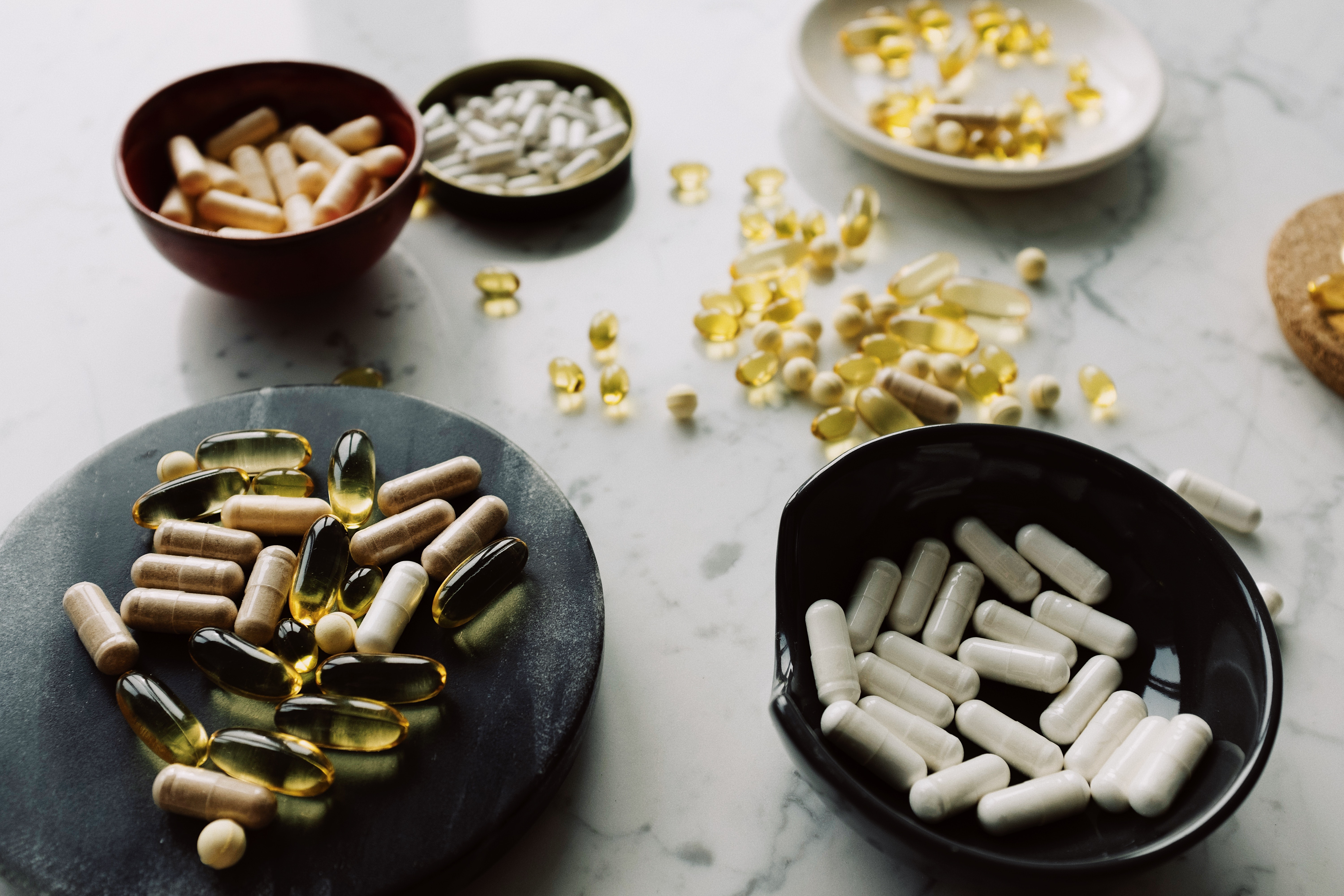
Supplement Safety with Tactical...
Dietary supplements seem like the "magic pill" a tactical operator needs to perform better,...
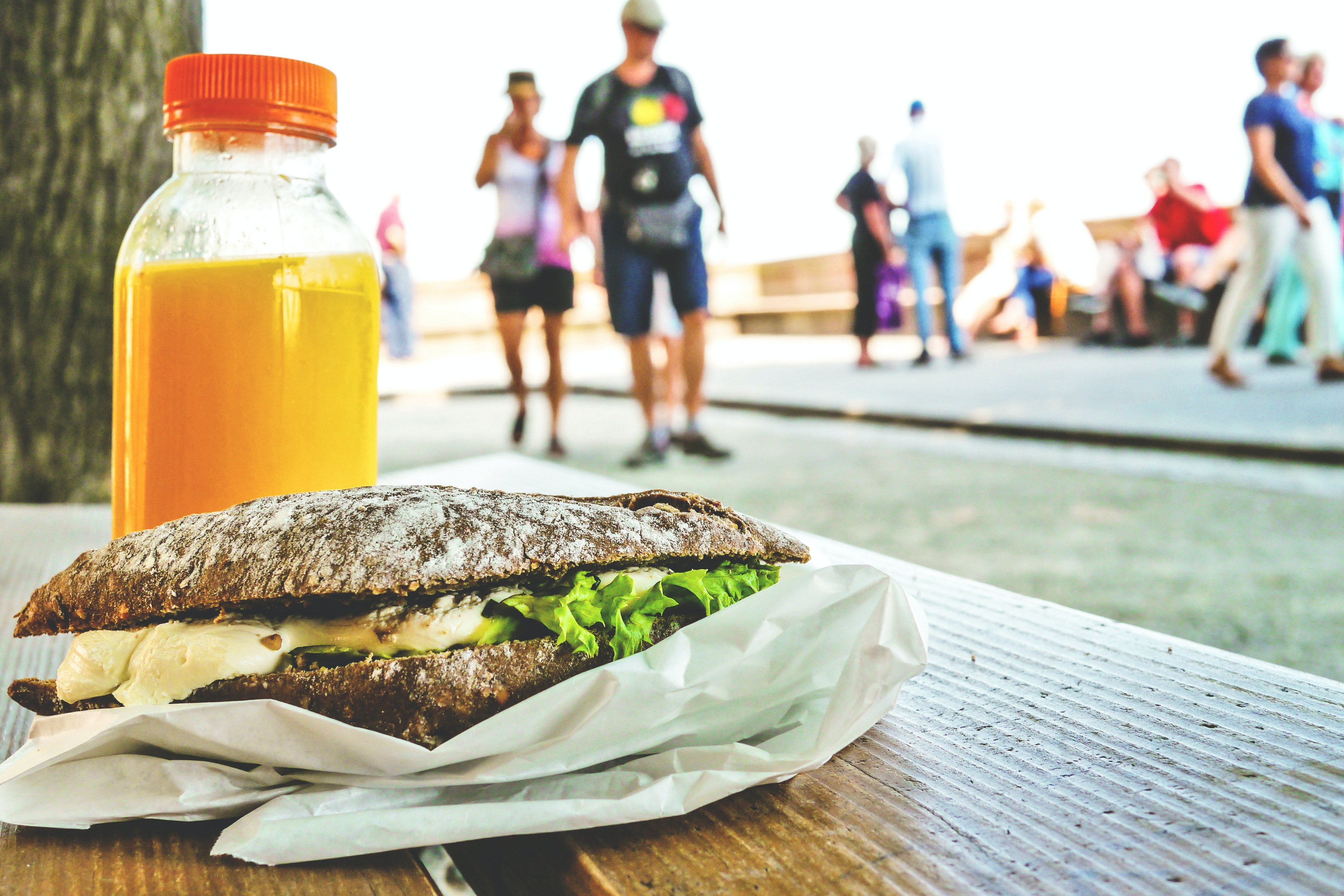
Eating Healthy on the Go: Tips for Busy...
It's no secret that tactical professionals have weird schedules. So why do health professionals...
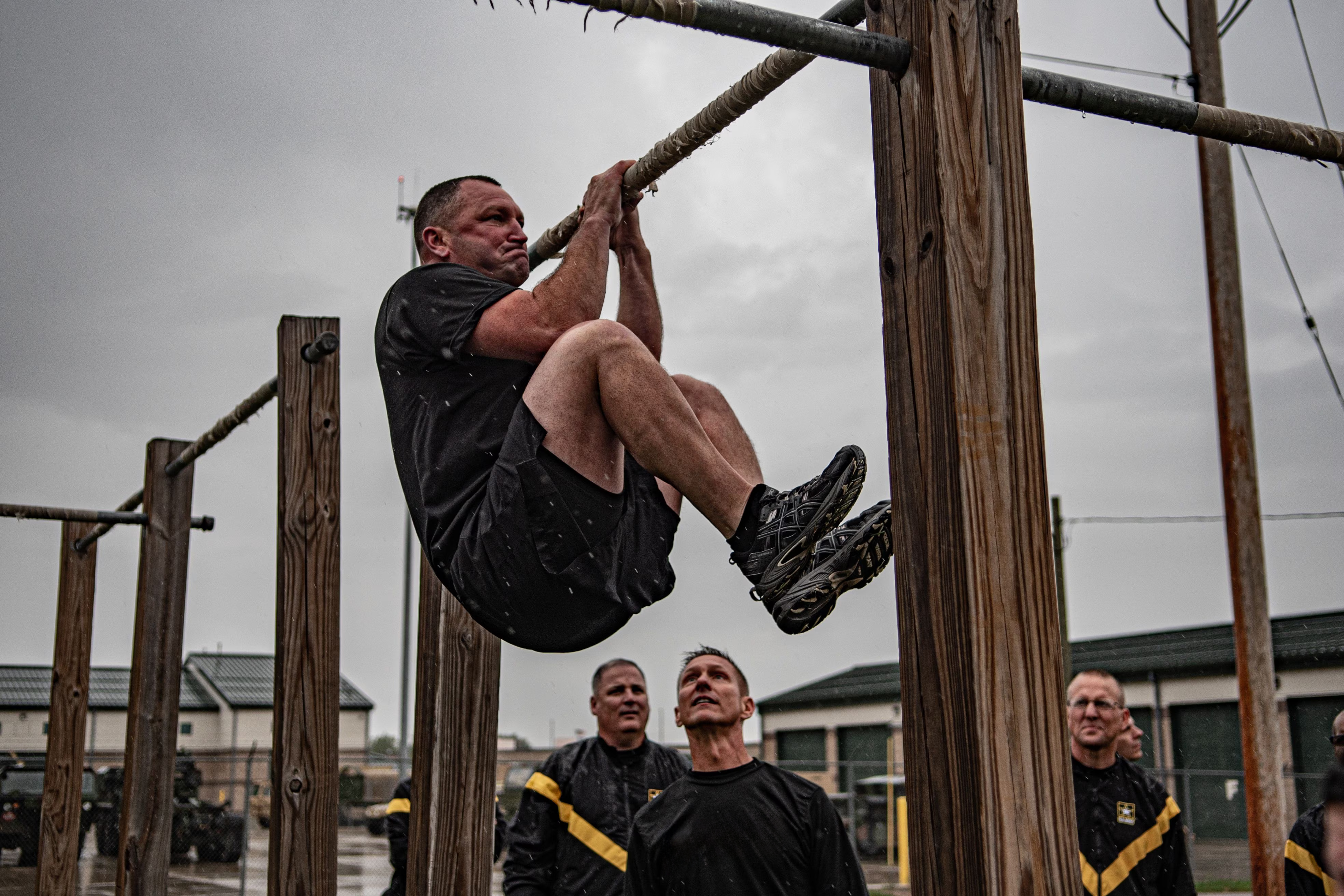
Post-Training Nutrition for Tactical...
Eating after a workout can be a challenge for tactical professionals. Having grab-and-go fuel...

